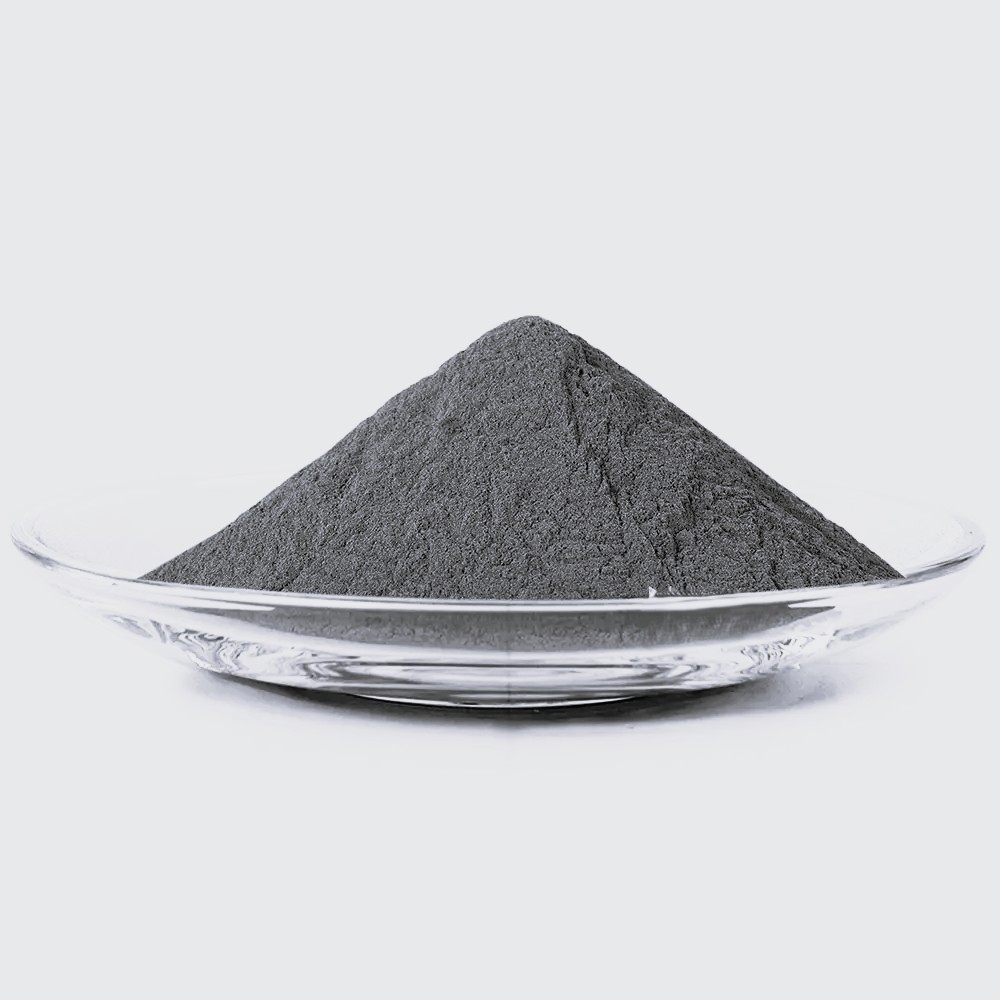Stainless steel spherical powder SS 410l for 3d printing
410L stainless steel spherical powder is a gas-atomized, low-carbon martensitic stainless steel powder designed for 3D printing and additive manufacturing applications. It offers good wear resistance, moderate corrosion resistance, and excellent mechanical strength, making it ideal for producing durable parts in demanding environments.
Princeton Powder is a leading supplier of stainless steel powder. Stainless steel powders (316L, 304L, 410L and 430L) are for sale in bulk.
| CAS no.: | 52013-36-2 |
|---|---|
| HS code: | 7205210000 |
| Mean size | <33um |
| Color: | Grey black powder |
| Shape: | Spherical form or irregular form |
| Type: | 304,304L,316,316L,410L,430L |
| Product method: | Water atomized and Gas atomized |
| Specific Gravity/Density: | 7.9g/cm3 |
Description of Stainless Steel Powder
UNS S41000 Stainless Steel Powders, also known as ASTM, AISI 410 or EN1.4006 powder, is a a martensitic stainless chromium steel material designed for Metal Injection Moulding (MIM) applications. Stainless steel powder is a finely divided form of stainless steel, typically produced through processes like gas atomization, water atomization, or plasma atomization. It consists of small, spherical or irregularly shaped particles with high purity and excellent corrosion resistance, similar to bulk stainless steel.
Stainless steel powder Production Method (SS304, SS316l, SS 410l, SS430l)
Gas Atomization Stainless Steel Powder: Inert gas breaks molten steel into fine droplets, forming spherical particles (ideal for 3D printing).
Water Atomization Stainless Steel Powder: High-pressure water stream produces irregular, cheaper powders (common in PM parts).
Plasma Atomization Stainless Steel Powder: Ultra-fine, high-purity powders for advanced applications.
Main properties of Stainless steel powder
Composition:
- Primarily iron (Fe), chromium (Cr) (~10–30%), nickel (Ni) (~8–12%), and other alloying elements like molybdenum (Mo), manganese (Mn), and carbon (C).
- Common grades include 316L (low carbon, high corrosion resistance), 304L, 17-4PH (precipitation-hardening), and 430L (ferritic).
Particle Size & Shape:
- Size: Ranges from micrometers (µm) to hundreds of microns (e.g., 15–45 µm, 45–106 µm).
- Shape: Spherical powders (better flowability) for additive manufacturing (3D printing), irregular shapes for conventional powder metallurgy.
Properties:
- High corrosion resistance (due to chromium oxide passive layer).
- Good mechanical strength and ductility (depending on alloy and processing).
- Heat resistance and biocompatibility (used in medical implants).
Chemical Composition/Particle Size of Tantalum Carbide Powder
| Grade | Composition (%) | O (%) | A.D.g/cm3 | Particle Size |
| SS304 | Cr18-20, Ni8-12, C 0.08 | 0.45 max | 3.5-5.0 | 200 mesh, 325 mesh, customized D50:9-12μm, D50 3-5um |
| SS304L | Cr18-20, Ni8-12, C 0.03 | 0.45 max | 3.5-5.0 | 200 mesh, 325 mesh, customized D50:9-12μm, D50 3-5um |
| SS316 | Cr16-18, Ni10-14, Mo2-3, C 0.08 | 0.45 max | 3.5-5.0 | 200 mesh, 325 mesh, customized D50:9-12μm, D50 3-5um |
| SS316L | Cr16-18, Ni10-14, Mo2-3, C 0.03 | 0.45 max | 3.5-5.0 | 200 mesh, 325 mesh, customized D50:9-12μm, D50 3-5um |
| SS410L | Cr11.5-13.5, C 0.03 | 0.45 max | 4.0-5 | 200 mesh, 325 mesh, customized D50:9-12μm, D50 3-5um |
| SS430L | Cr16-18, C 0.05 | 0.45 max | 3.5-4.5 | 200 mesh, 325 mesh, customized D50:9-12μm, D50 3-5um |
Application of Stainless Steel Powder
Additive Manufacturing (3D Printing): Laser Powder Bed Fusion (LPBF), Binder Jetting.
Powder Metallurgy (PM): Press-and-sinter components (gears, filters).
Metal Injection Molding (MIM): Small, complex parts (medical devices, automotive).
Coatings & Welding: Thermal spray, hardfacing.
Chemical & Food Processing: Corrosion-resistant machinery parts.
Stainless Steel Powder Scholar Articles
Analysis of Compaction and Sintering of Stainless Steel Powders
Abstract: Compaction and sintering are basic processing steps employed for producing powder metallurgy (P/M) parts. Information of materials property change during the processing steps is primarily essential for design and manufacturing engineers. In this study, stainless steel powders (316L, 304L, 409L and 434L) were selected for investigation on the effect of densities on mechanical property. It was found that measurable parameters such as green density, sintered density and mechanical property showed linear relationships with one another for the 304L stainless steel powder. Equations, derived by using Least Square Method (LSM), may be employed with high confident for the 304L stainless steel powder. LSM analyses for other materials (316L, 409L and 434L) failed to get good agreement between the experimental data and the LSM results. Equations, derived by using LSM, are not recommended for the 316L, 409L and 434L stainless steel powders.
FAQ Stainless Steel Powder
What are the common grades of stainless steel powder?
316L: Excellent corrosion resistance, used in medical and marine applications.
304L: General-purpose, good weldability and formability.
17-4PH: Precipitation-hardening, high strength for aerospace & defense.
420 & 440C: High hardness for cutting tools and bearings.
430L: Ferritic stainless steel, magnetic and cost-effective.
What particle sizes are available?
Fine powders (10–45 µm): Used in LPBF (laser 3D printing).
Medium (45–106 µm): Common in binder jetting & MIM.
Coarse (>150 µm): Used in thermal spray coatings.
Is stainless steel powder magnetic?
Austenitic grades (304L, 316L): Generally non-magnetic (may become slightly magnetic after cold working).
Ferritic (430L) & Martensitic (17-4PH, 420): Magnetic.

